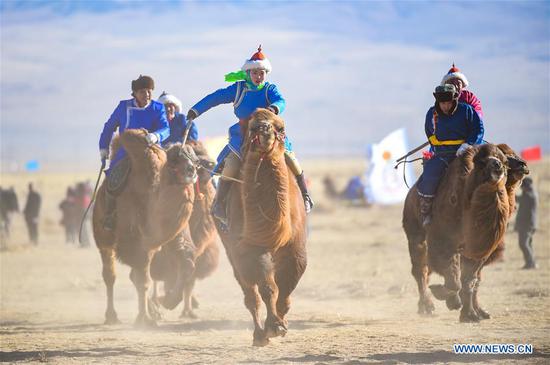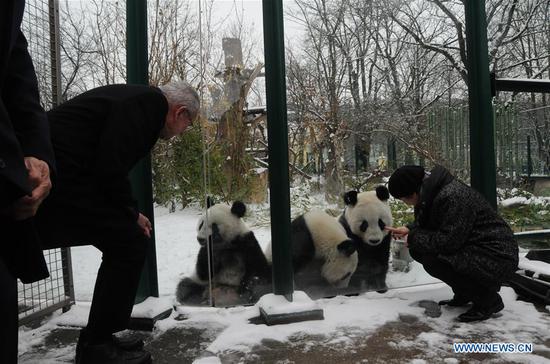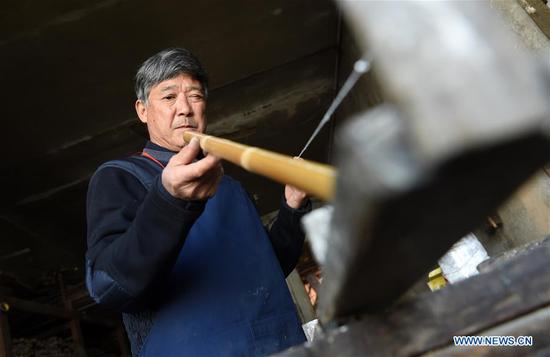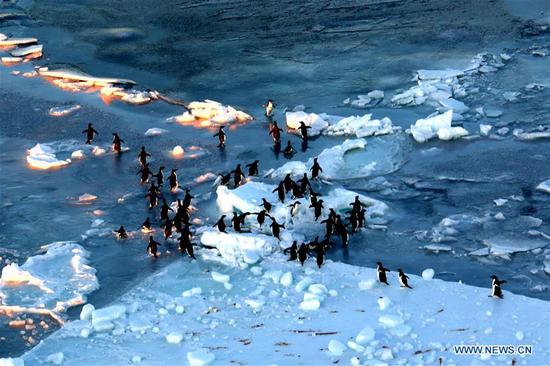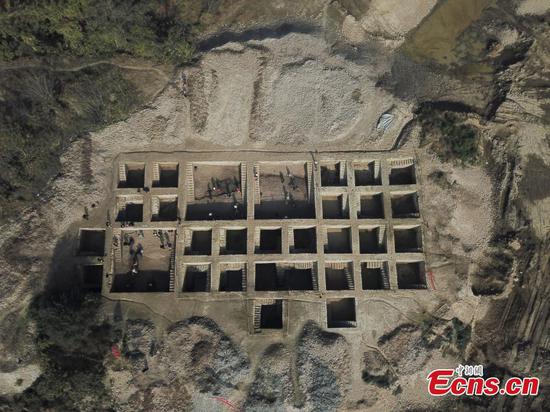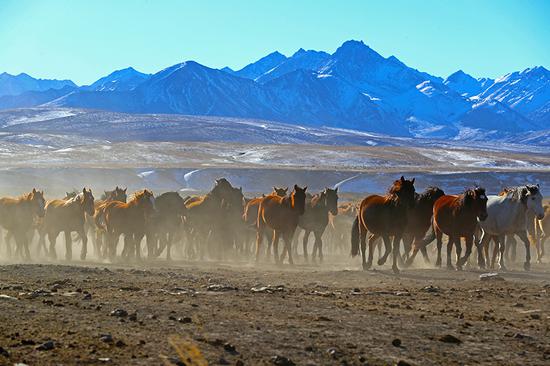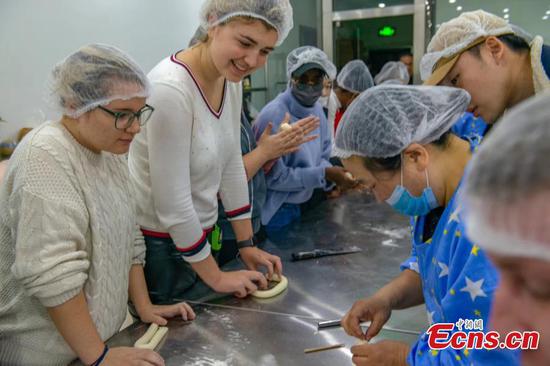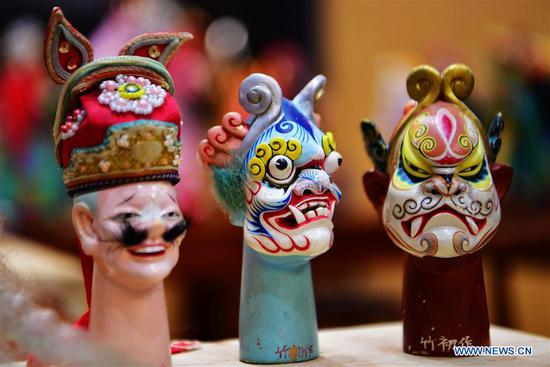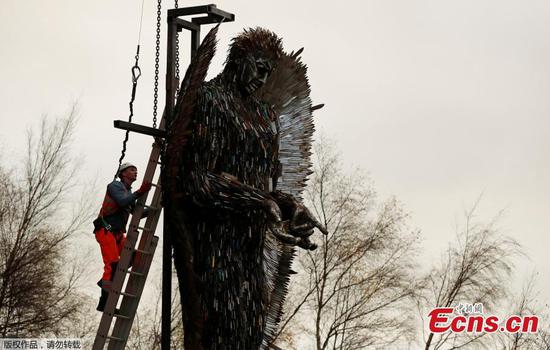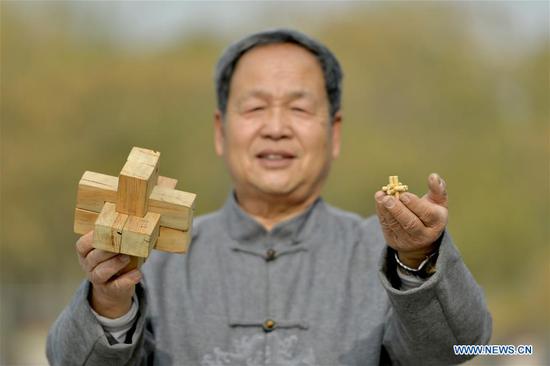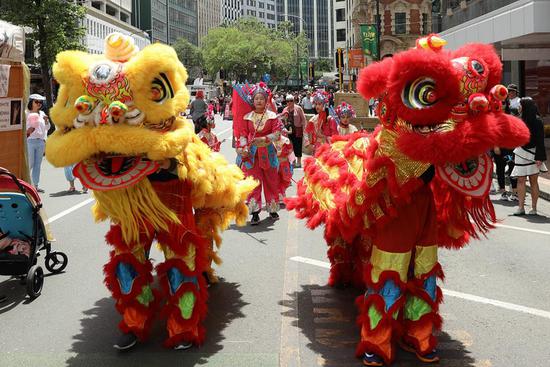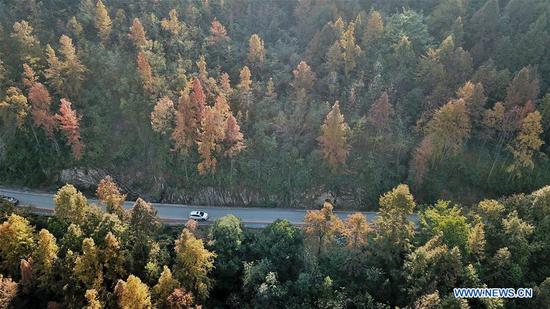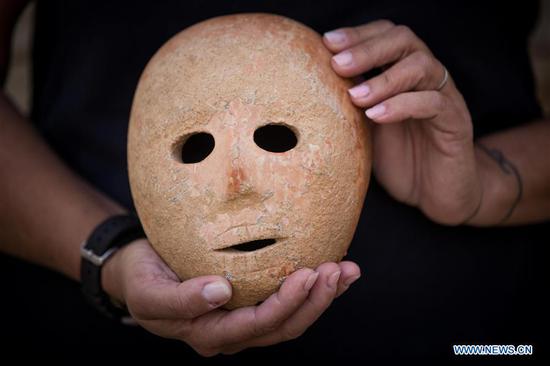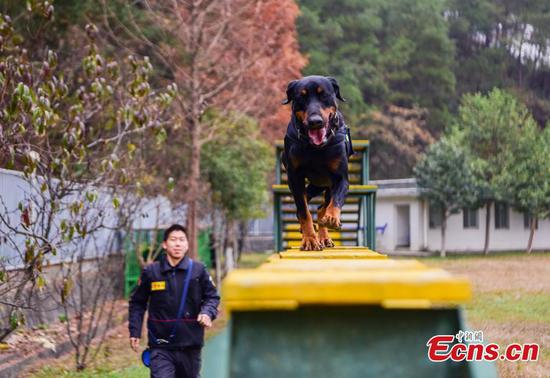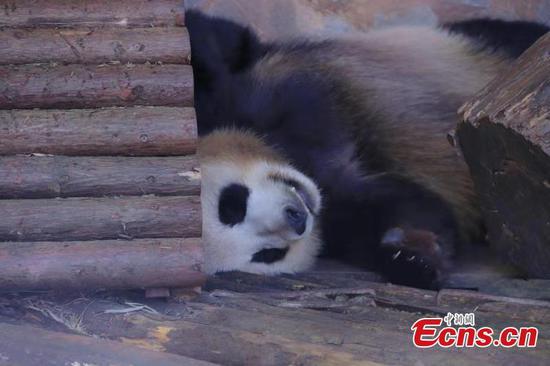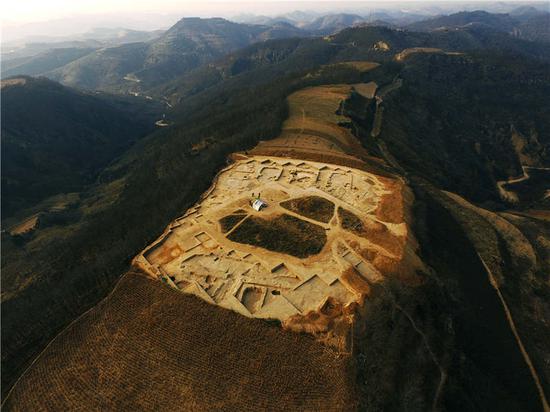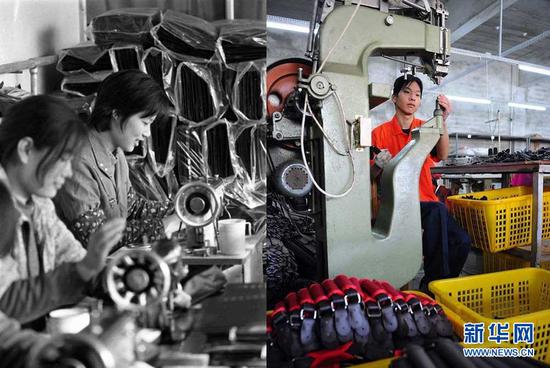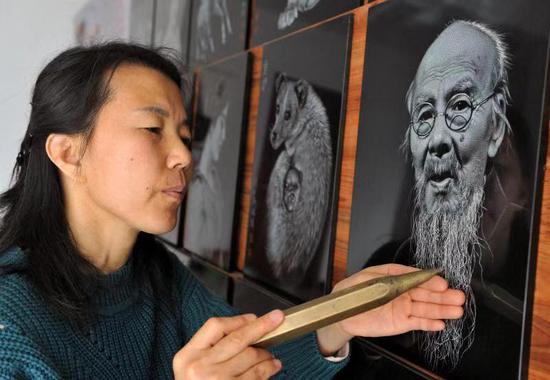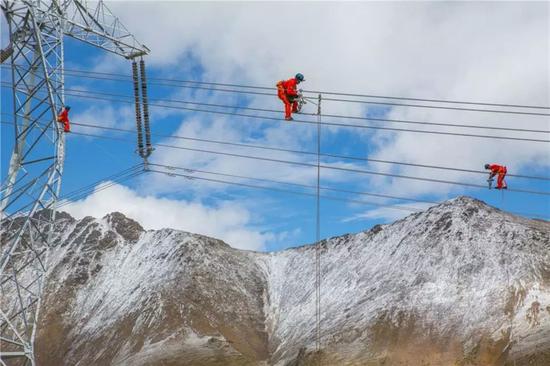Fed up with cow milk, goat milk or soy milk? Try something new -- camel milk, the latest milk alternative.
Before dawn, Sangdeg, 45, carries a flashlight in one hand, a bucket on the other, and walks into a camel pen in the desert of north China's Inner Mongolia Autonomous Region.
"Tujibuly," the camel farmer from Alxa Right Banner, a major farming base for Bactrian camels, gently calls the name of a nine-year-old female camel. Bactrian is a type of double-humped camels.
Tujibuly stepps out of the camel crowd. It is time for Sangdeg's milking work to begin.
For camel farmers like Sangdeg in Inner Mongolia, camels are not only used to carry tourists but also to produce milk, one of the regions emerging and booming industries.
"My family used to raise camels only for their fur and meat. Their milk was only used to feed their cubs," said Sangdeg whose family has raised camels for generations.
Things changed earlier this year. He joined many camel farmers and started selling raw camel milk to a local processing plant to earn extra money.
Every midnight, he and other milk workers spend around two hours milking 25 female camels in his home. Then he drives the fresh milk to the company named Shamozhishen or "God of Desert" in English.
"The milk produced by each camel earns me around 6,000 yuan (about 864 U.S. dollars) a year, while its fur earns only several hundred yuan," Sangdeg said.
Established in 2014, Shamozhishen is the largest camel milk processor in Alxa Right Banner and the first of its kind in the autonomous region.
In the company's plants, raw milk is made into processed milk, milk powder, milk soap, and other skincare products. The products will be sold to customers across the country by more than 600 agents.
Ran Qiwei, manager of the company, said his plant is planning to develop pharmaceutical products by extracting insulin from camel milk.
"Camel milk is nutritious and helps strengthen people's immune systems," said Zhang Wenbin, vice director of Inner Mongolia Institute of Camel Research, an institute focusing on camel genomics and camel pharmaceutics.
"Camel milk also caters to the more adventurous customers who want to try a different kind of milk," Zhang said.
With the rise of the camel milk industry, the number of camels in Alxa League which administers Alxa Right Banner surged from around 50,000 in 2003 to about 120,000 last year, accounting for one-third of the country's total, according to local statistics.
But this is still far from enough.
"Our plant has a production line that can process 20 tonnes of camel milk every day. The amount of raw camel milk falls far short of what we need," Ran said.
The gap is expected to be narrowed by increasing scientific research on camels.
The Inner Mongolia Institute of Camel Research was established in Alxa League in 2014. Scientists from the institute have researched how to boost camel milk production.
"We are doing research on camels' functional genes and trying to develop new varieties of Bactrian camels that can produce more milk," Zhang said.










